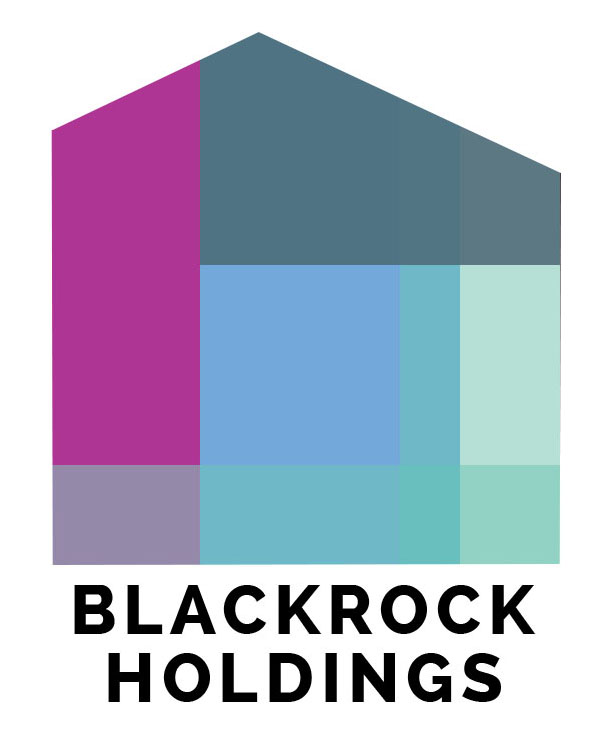At this point in the technology world, almost everyone is aware of 3D printing. While most may think it’s just a high-tech hobby, the future of 3D printing has already surpassed initial speculation. It’s now possible to use 3D printing technology in other mediums aside from plastic and on a much larger scale if desired. The most popular method of 3D printing is called ‘extrusion,’ which essentially means that constantly heated nozzles warm to a temperature where it liquefies the material to produce a gooey substance that is able to conform to the design you’ve created.
Without going into the entire backstory of 3D printing, the Wikipedia page gives a lengthy history of the conception of 3D printing dating back to the 19th century. Today, 3D printing can be used with polymer plastics, rubber, concrete, modeling clay and metal alloys. Check out this awesome video here of a concrete 3D printed house.
One of the most popular industries using this technology is the creation of intricate arms and legs in the prosthetic field. The advantage to this method of prosthetic is that they actually resemble the limb, rather than just a piece of metal with a hook as a hand or a wooden block as a foot. 3D prosthetics extend beyond the basics, including functioning fingers, wrists and ankles, all with a customized design that actually looks cool too.
While we at Black Rock Holdings aren’t creating prosthetics, we have begun experimenting with a FlashForge Creator Pro 3D printer we got for around $1,200. This style of printer has dual extrusion nozzles with a heated plating bed and an X, Y and Z-axis referred to as a “Cartesian Printer.”
Our early prints were a bit advantageous, attempting to print a homemade CNC Machine we found on Thingiverse, an online community with open-source designs others can replicate using their printer.
This CNC machine was just too complicated for our first real build. While it visually represented what it should look like, our skills in using the 3D printing design software Slic3r were still minimal and our pieces just didn’t seem to measure out properly.
As we experiment with the 3D printer, we’ll keep you updated as we learn more so we can relay our familiarities. The idea of a world where everyone has a 3D printer is inevitable, as more and more concepts are created. Even now, scientists and designers are working on creating 3D printers that are able to create edible material as well as print your own clothing from home. The future of 3D printing is nigh and you’ll want to get onboard sooner than later.



